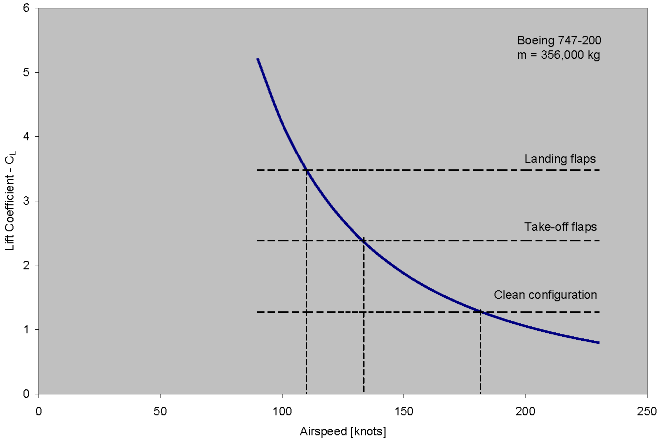I read, not only on this site, that the stall speed of an airfoil doesn't exist, and I usually make the effort to stay away from this expression.
While an airfoil can stall at any airspeed, it's clear that the stall speed refers to the airspeed at which the stall occurs in an horizontal 1G flight.

Stall speeds for B747-200 (n=1). (Source).
This speed is the lowest one that can generate a vertical component of lift equal to the weight with the airfoil at its stall angle of attack.
I would compare this implicit assumption with the maximum airspeed of an aircraft: It's clear we are assuming at least an horizontal flight and a standard atmosphere, etc, else this speed can be anything too.
So what's wrong with this definition of the "stall speed"? Is the stall speed defined in the aerodynamics field?
Example of use: Stall Speed (Dr. Mustafa Cavcar).
